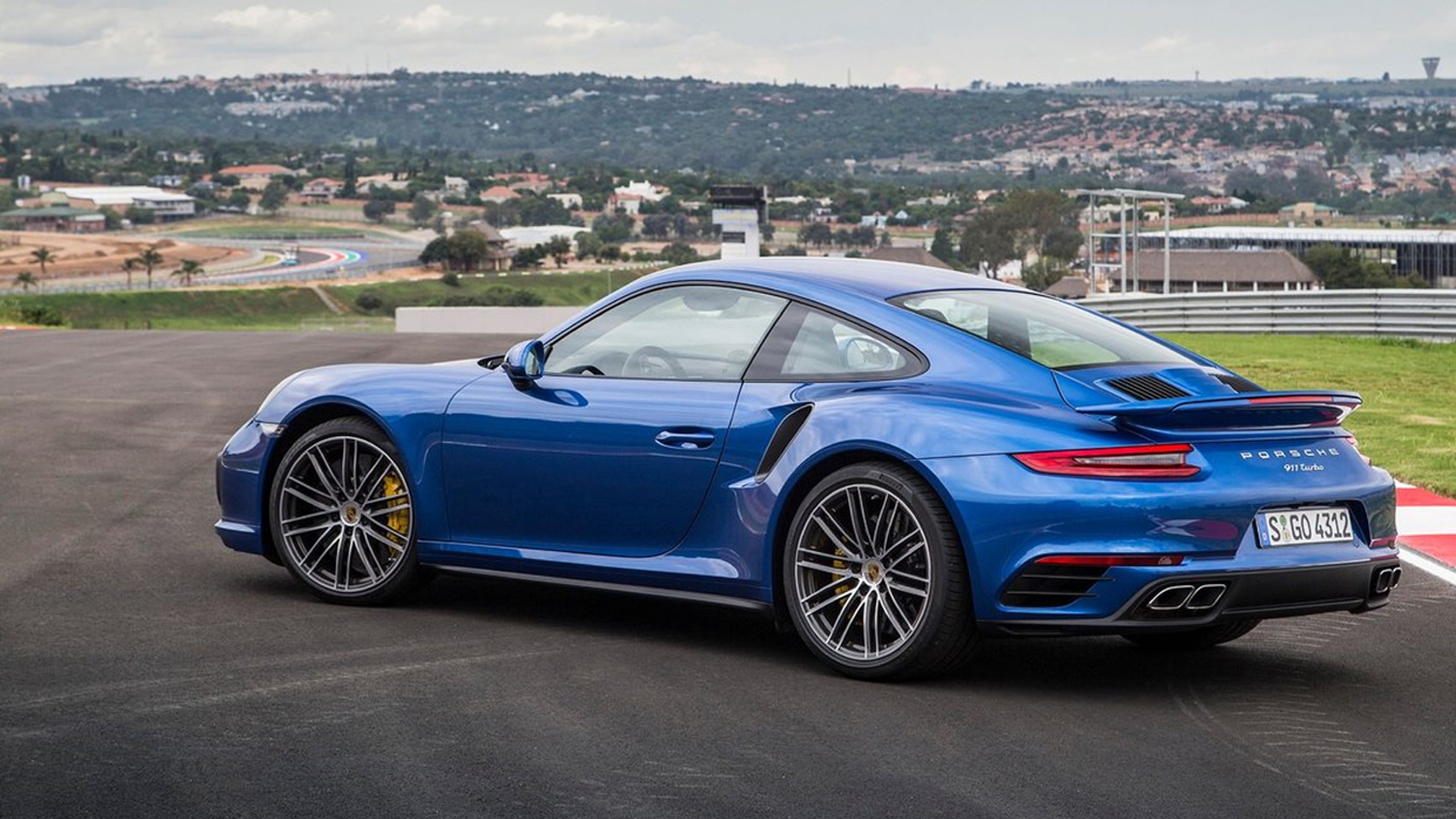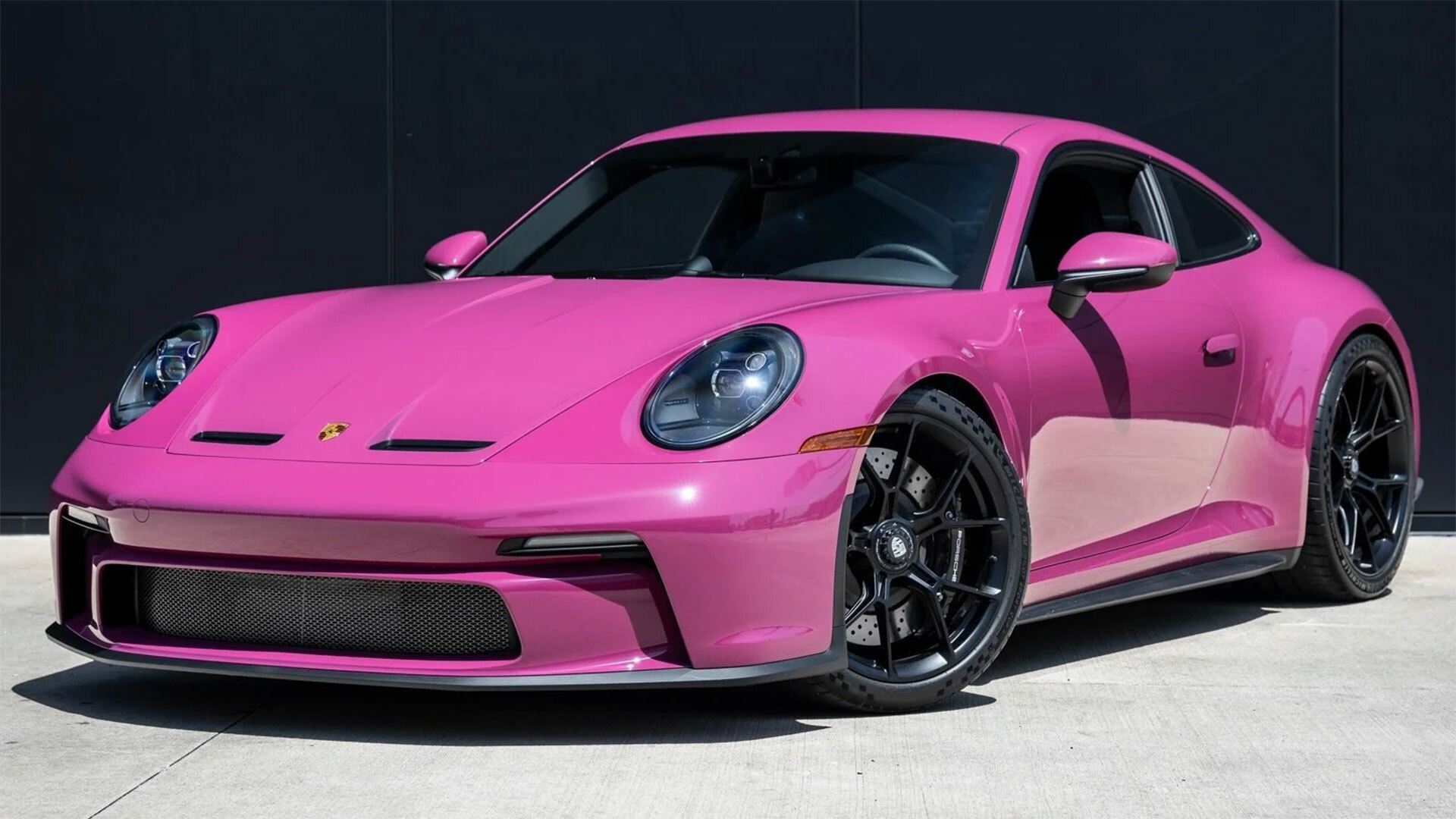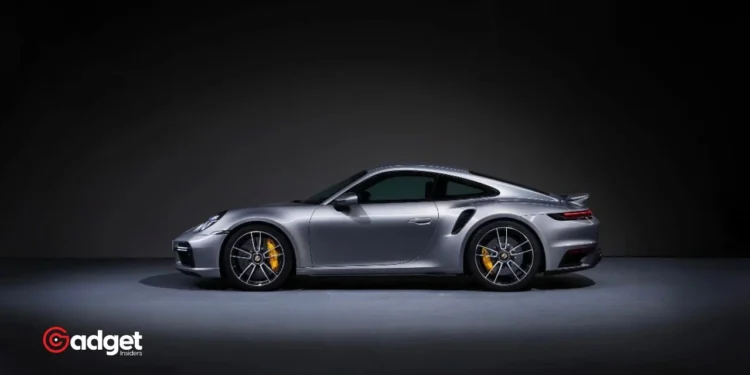Porsche, a name synonymous with luxury and performance, is undergoing a notable shift in its approach to car customization, mirroring a trend set by none other than industry disruptor Tesla. This shift marks a significant departure from Porsche’s traditional offerings, particularly in the colorful expression of its vehicles, which has been a hallmark of the brand’s identity for decades.
For nearly two decades, Company enthusiasts could choose from a palette of four standard colors on sports models—black, white, Guards Red, and Speed Yellow—the latter two being iconic shades that defined generations of Porsche cars. These colors were available at no extra cost, a policy that extended to Porsche’s SUVs and sedans as well.
However, the 2025 model year brings a stark change. Company has narrowed the list of standard colors to just black and white for most models. If consumers desire something beyond these basics, they’re now required to open their wallets wider. For instance, Guards Red, previously a free option, now carries a price tag of $1,500. Speed Yellow has been discontinued altogether, replaced by other variants like Cartagena Yellow—neat, yet not the same classic.

Tesla’s Shadow Over Porsche’s Palette
Tesla, known for its revolutionary electric vehicles and marketing strategies, has also adopted a strategy of minimal free color options, charging premiums for more distinctive shades. Company, observing Tesla’s success and perhaps its market strategies, seems to have taken a leaf out of the same book. “Porsche, like a grade-schooler who doesn’t know the answers and doesn’t think they’ll get caught, leaned over and took a look at Tesla’s homework,” reflects the frustration felt by many Porsche aficionados.
This tactic is particularly striking because it signifies a broader influence of Tesla in the automotive industry—not just in technology but in consumer experience and pricing models. “For better or worse, Tesla has made a significant mark on the automobile industry, changing the meaning of a 0-60 time and pushing the EV boom,” notes an industry observer.
The Premium for Personalization
Unlike Tesla, Porsche offers a broader spectrum of custom colors—if you’re willing to pay. Prices range up to $2,980 for standard premium colors, and for those desiring something truly unique, the ‘Paint to Sample Plus’ option allows for nearly any color imaginable at the price of a high-end Subaru Outback.
This change has sparked a mix of frustration and resignation among potential buyers. “At the end of the day, $1,500 isn’t going to stop someone from getting their $120,000 base 911 in whatever color they want, but it’s still annoying that Tesla’s influence has spread through the industry in this manner,” a Porsche enthusiast expressed.

Beyond Colors: What’s Missing in Modern Porsches?
The debate over color is just one aspect of a broader conversation about what features should be standard in luxury vehicles. Porsche has yet to make adaptive cruise control a standard feature, a technology that’s become commonplace in cars priced over $25,000. “What’s going on over there in Stuttgart?” questions remain about whether company will adjust its strategy to align more closely with consumer expectations for technology inclusion.
As the automotive landscape continues to evolve, influenced by new players and changing consumer preferences, brands like Porsche will need to balance tradition with innovation. While Tesla’s shadow looms large, the true test will be how traditional luxury automakers like Porsche can adapt without losing the essence of what makes them unique.










